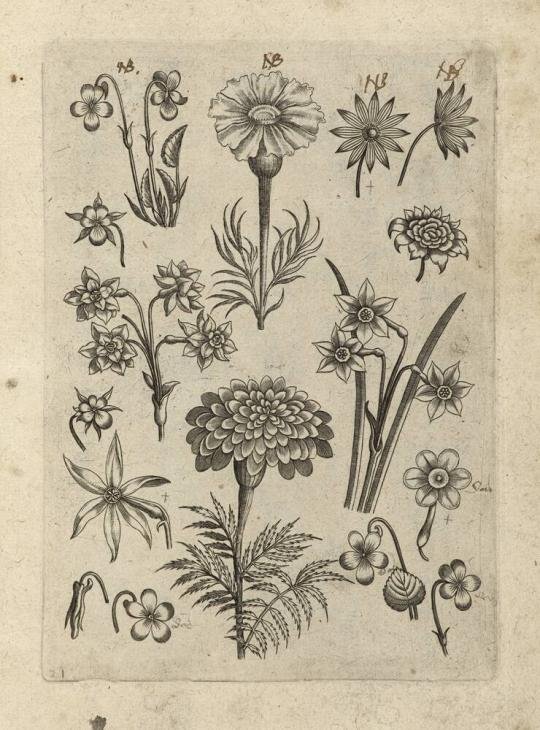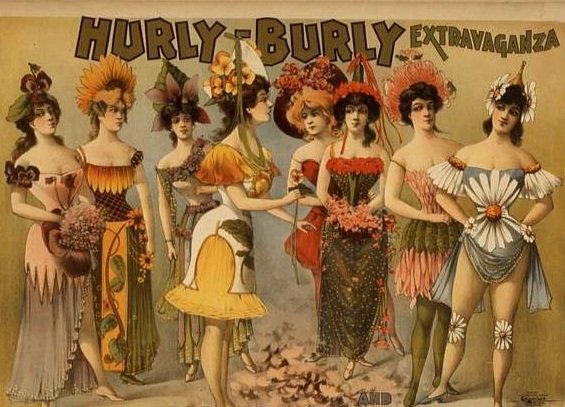Florilegium: a Gathering of Flowers
Florilegium: a Gathering of Flowers
What is a Florilegium?
Have you ever heard of a Florilegium? I am going to venture to say that may be a “no” for some, if not most of you?
Well, you are not alone! I only recently discovered the term, but now it’s one of my favorites and here is why–it’s a Latin word that literally translates to: a gathering of flowers.
It also translates to ‘a bouquet’ and refers to books that show a collections of illustrated flowers.
Oh wow. A book that’s a bouquet at the same time!?! Pardon me while I swoon.
Florilegium | a Bouquet of Flowers
As a lifelong lover of botanical art and illustration, I am surprised that I’d never come across the word before. I suppose it's just one of those antiquated terms that people don’t use very often anymore.
You are probably more familiar with its twin: Anthology–which literally translates (from Greek this time) to the exact same thing! I had no idea!
Both terms—florilegium and anthology—were co-opted by the literary world to mean ‘a bouquet of all the latest and greatest good reads’. And while some people still use the term florilegium in that context, today it is most often seen in the botanical world and refers to a book of botanical illustrations.
During my research, I read that it also used to refer to a collection or gallery of botanical art. Oh—and there are even Florilegium Societies—veritable bouquets of botanical artists devoted to documenting plant collections through illustration. How sweet is that? It reminds me of those beautiful vintage illustrations that depict people as flowers…
A Florilegium Society?
1593: A Different Kind of Flower Book
Prior to 1593, books that depicted flowers were usually herbals, or materia medica. These were pharmaceutical books used primarily by doctors and pharmacists to identify and document the use of plants for medical purposes. But the Age of Exploration changed all that, because Europe got flooded with all kinds of new and exotic plants, and people started to think of plants differently.
Plants weren’t just about medicine anymore, they became status symbols. Think tulip mania.
In an effort to preserve and document their beloved blooms, wealthy patrons commissioned books to highlight and capture their garden collections. So in 1593 we see, for the first time, a decorative book of flowers created by the Flemish designer and engraver, Adriaen Collaert. He is credited with the first florilegium.
A page from Collaert’s Florilegium
18th-19th Centuries
Although the 17th century is considered the ‘Golden Age’ of Florilegium production, the tradition continued into the 18th and 19th centuries as well. Florilegia (pl) were always expensive to produce, so wealthy patronage continued to be the backbone of the work. Interestingly though, this was a time when more and more women got involved in both patronage and illustration, mainly because botany was considered one of the few ‘suitable’ areas of study for women.
Florilegium Violet
These days, there aren’t many individuals commissioning florilegia projects, but one interesting example does come to mind. Prince Charles had a florilegium commissioned to document his Higrove Estate. Known as the Highgrove Florilegium, it marks the very first Royal British florilegium and is also one of the most expensive books ever produced! Only 175 copies were printed, so it’s a collector’s item for sure. Here is an interesting little video about the making of the Highgrove Florilegium in case you would like to know more.
Today, most of florilegia are commissioned by organizations or Florilegium Societies devoted to documenting public gardens or rare & endangered species. And thanks to the digital age, many of these florilegia are online. Check out The Sonoran Desert Florilegium which was created with the goal of “promoting the appreciation and conservation of Sonoran desert plants”. Interestingly, it is, and always has been, a digital florilegium for the express purpose of reaching a larger audience.
The digital age has also made many of the older florilegia available to the wider public for viewing. This is important because these florilegia are not just beautiful artistic specimens, they have become tools that historians and scientists use to study climate change, document lost gardens and in some cases, discover lost species.
That said, if you are into the ‘eye candy’ aspect of it all and have a few hours to kill, check out this amazing botanical bouquet: a Wikipedia listing of florilegium and botanical codices to the 19th Century —and don’t say I didn’t warn you! I could stay and play there all day!
Another fun florilegium society?
Well, I don’t know about you, but I am ready to revive the use of this wonderful word.
So I say: “Long Live the Florilegium!” —for scientists, historians and plant lovers alike.
What do you think? Leave me a comment below.








